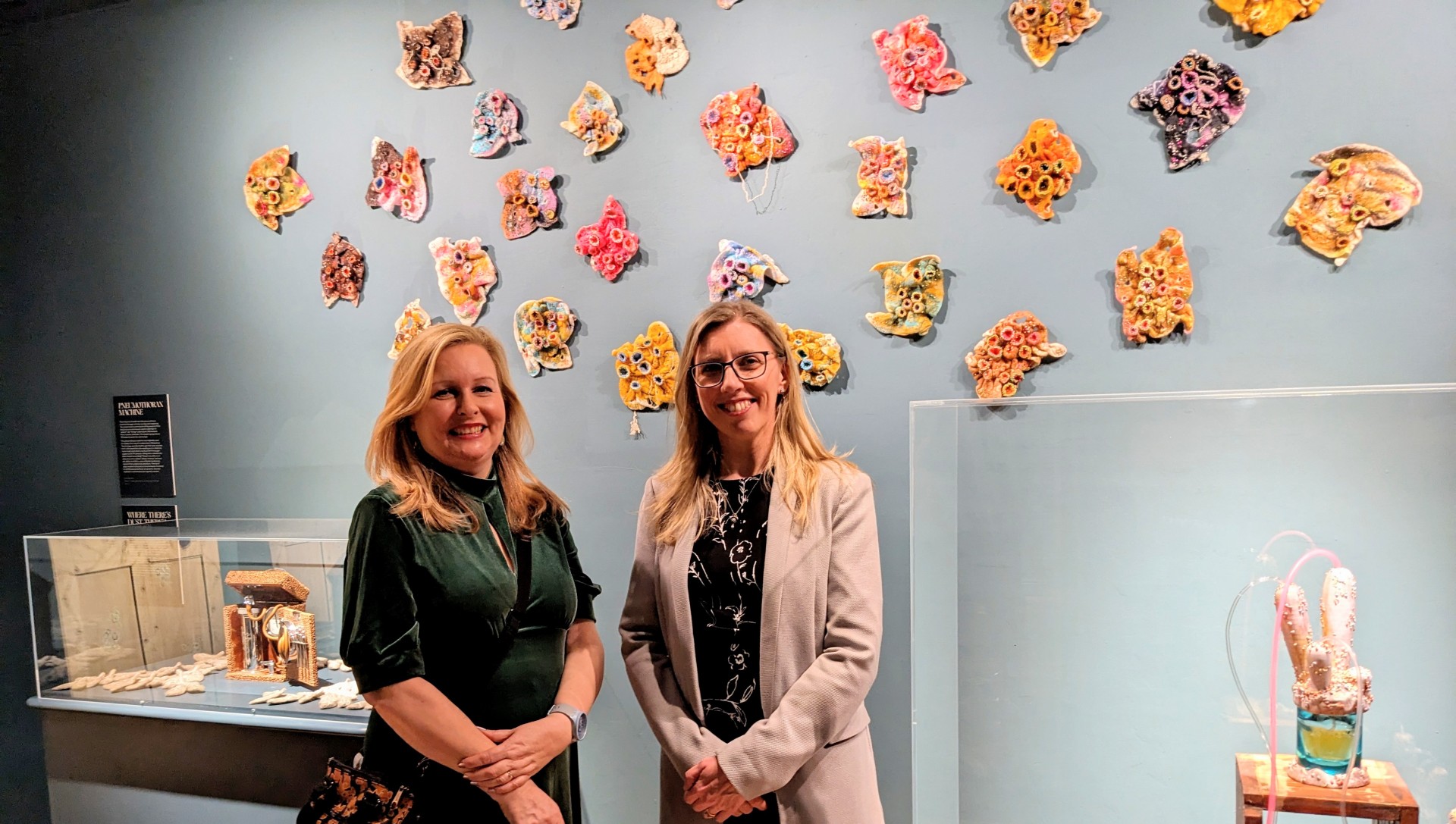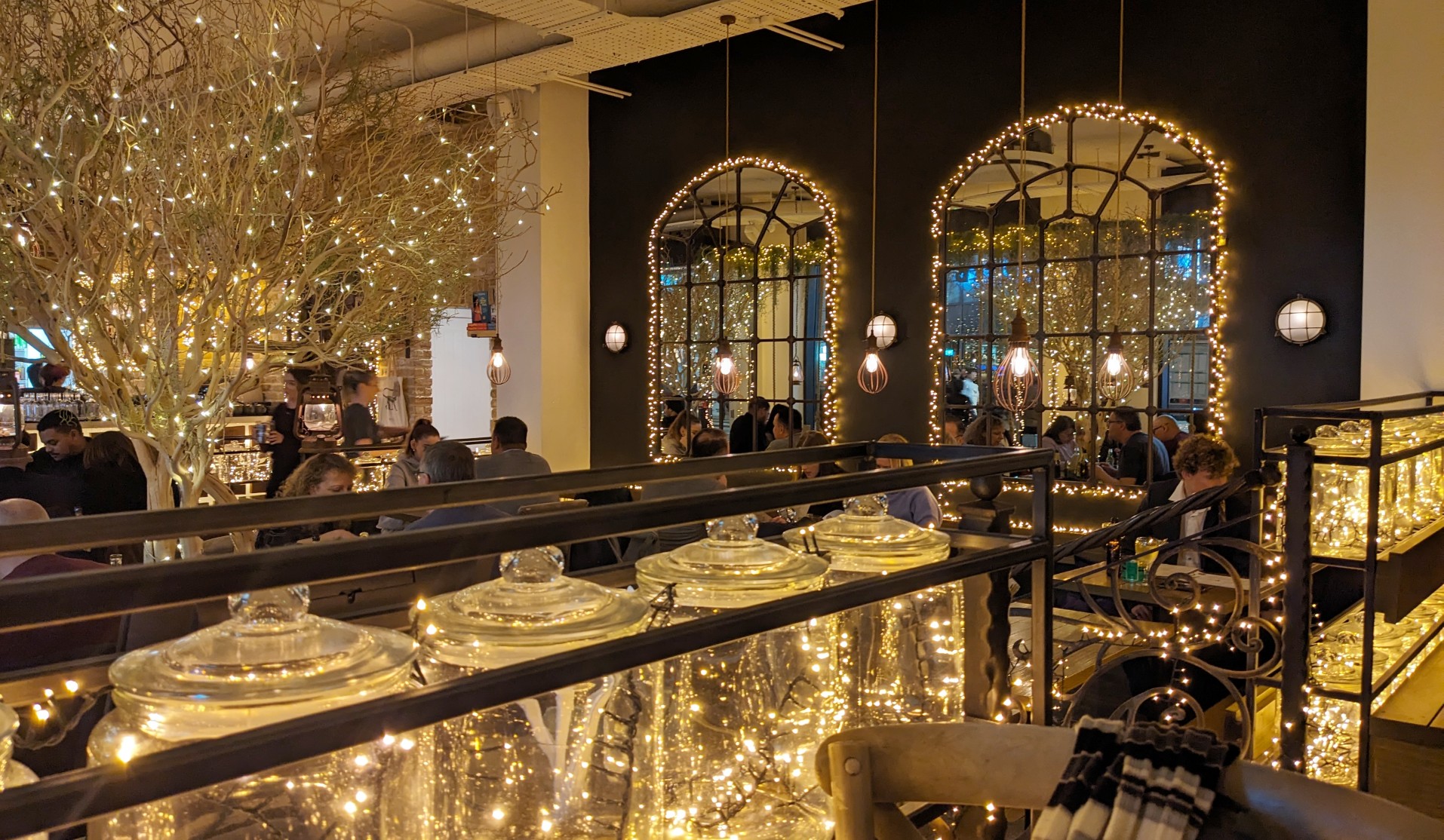Sometimes raising a question leads to queries, not answers and so it is with Invisible Flock’s interrogation of forests. The exhibition has brought together more than four years of research and collaboration. The multi-media display considers forests over time, space and culture, whilst remaining firmly embedded in Yorkshire.
Invisible Flock is a multi-award-winning interactive arts studio, based at Yorkshire Sculpture Park. They create sensory environments and installations that explore human and planetary health. This project is a collaboration with Anushka Athique, Vandria Borari, Nwando Ebizie, Outi Pieski and Sámi artist Jenni Laiti. The work features forests from the far north to the Brazilian Amazon but is centred on Leeds.
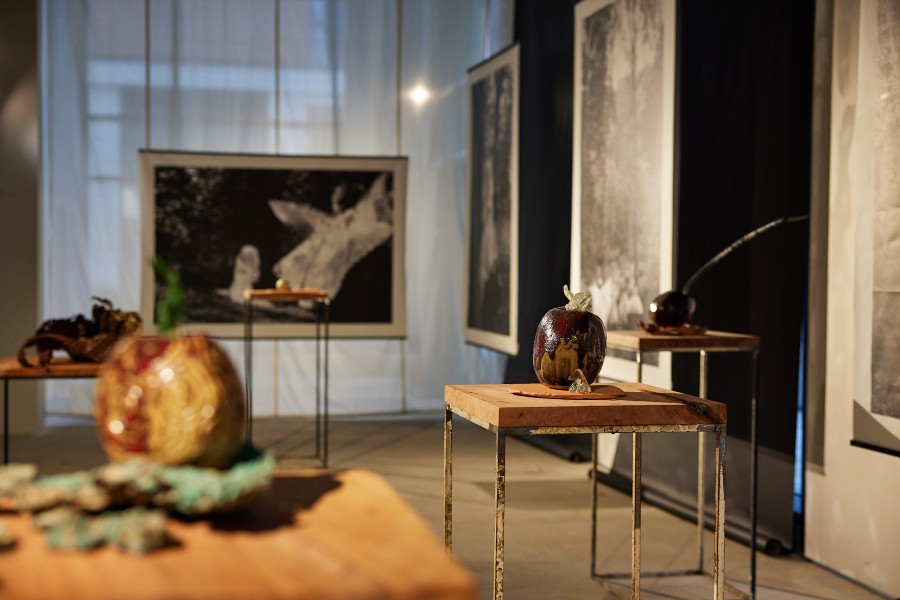
Even defining a forest is not easy. Over 800 definitions were gathered from across the world. A small selection is displayed in a variety of languages. There are clear cultural differences, often defined by the way that humans interact with trees. Much of the exhibition is presented from the point of view of a forest. Some human perspectives become nonsensical when the earth is placed at the heart of development.
The pop-up gallery – follow the steps from Leeds Playhouse up past the college – features trees in many guises. Photography, drawing, painting, sculpture, film and ceramics all feature. Even the exhibition notes have their roots in a tree, the paper being formed from the sawdust of a fallen beech tree from the Yorkshire Sculpture Park.
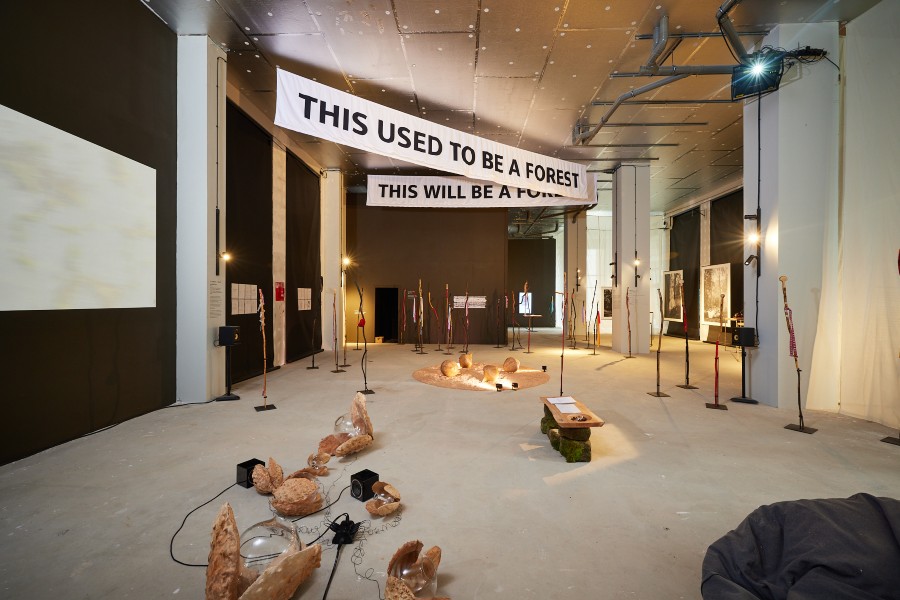
From the same tree have been carved beech nuts for A Lament and A Howl. In the latter, the nuts have exploded, revealing glass chambers that resonate with natural sounds.
The relationship between trees and humans is explored in the Arctic North and Amazon. Very different environments, but on both the forest is central to traditional life. We are taken on a journey in both, weaving between traditional Sami walking poles and following a walk through the rainforest.
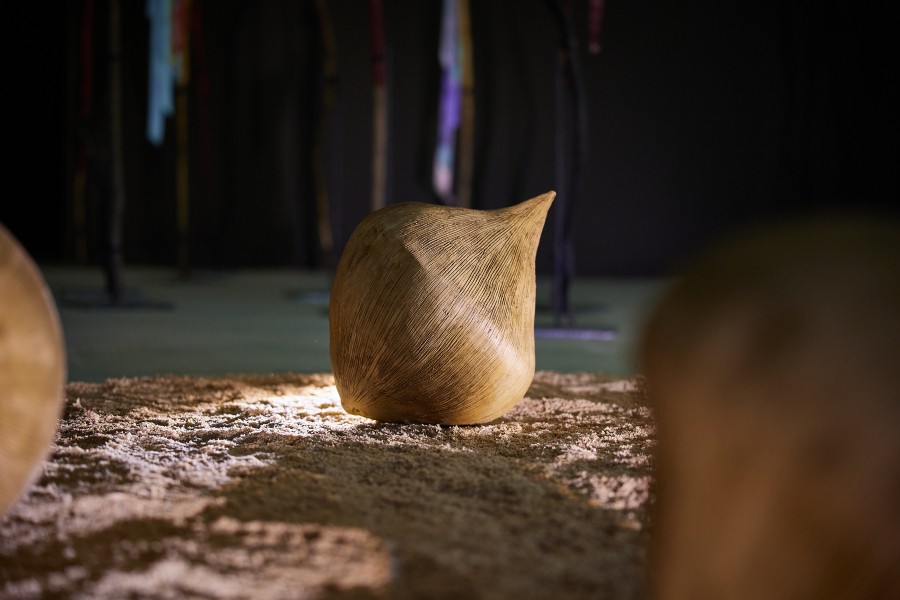
In another installation, visitors are forced to consider the nature of trees as an image slowly reveals itself in a darkened room.
The dark becomes a simile for the danger of ignoring environmental risk and a tool to focus the mind. Initially, there is nothing to be seen, then a tree emerges and subtly changes.
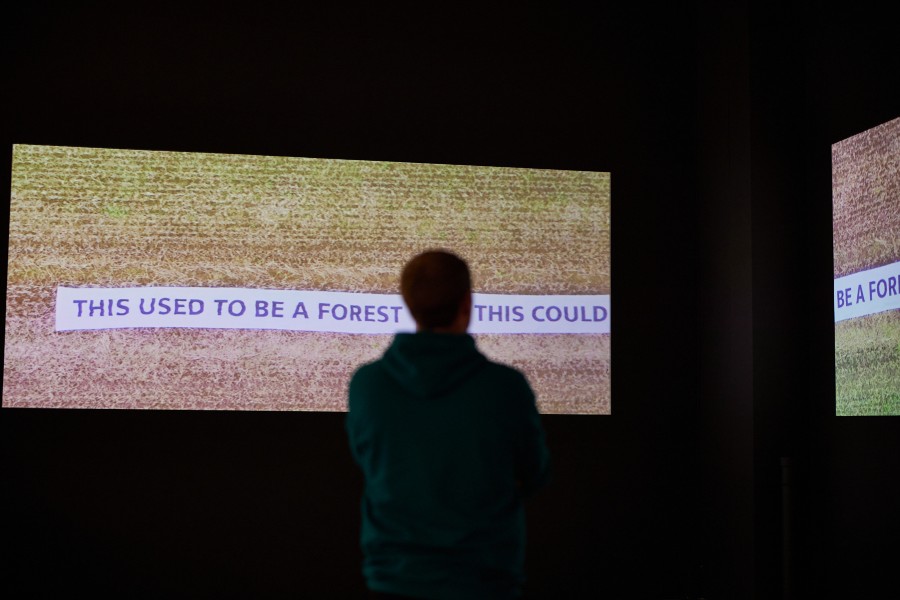
The installation I found most powerful was No Economic Value to the Public. This video focuses upon partially forested sites and potential forested sites in the Leeds area. Accompanying the video is a list of sites. Some of these sites have remained abandoned for over twenty years. Some sites have naturally become green, others have been fenced in and covered in tarmac and concrete, nature kept at bay. For a number no owner could be identified, the land left in limbo.
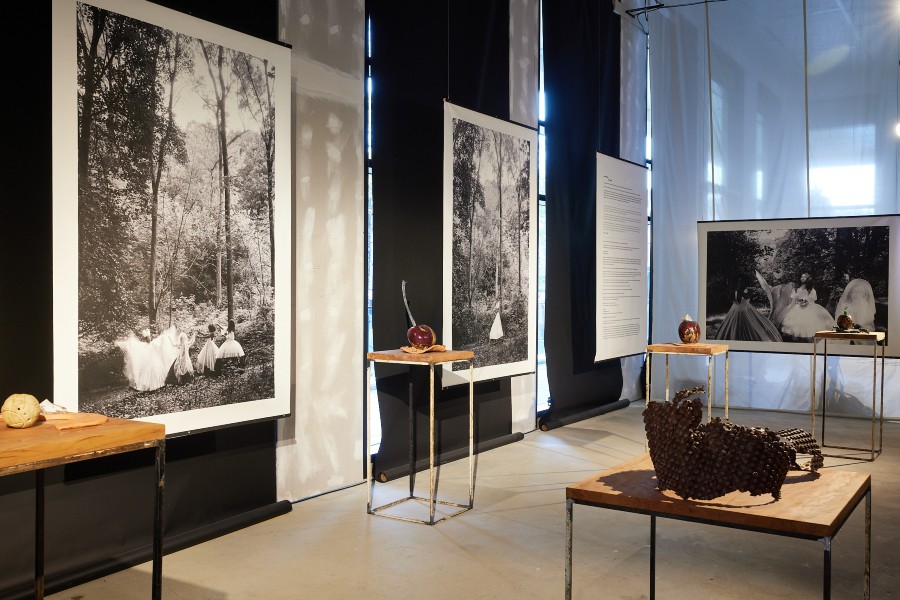
The video has largely been shot by drone. The drone’s perspective gives no indication of height. At times you are unsure whether you are viewing, trees, shrubs or weeds breaking through the desolate landscape; raising again the question of what is a forest.
The exhibition ends on 26th November.
Moda, New York Square
Main image: Ben Eaton, Invisible Flock and Vandria Borari. All photography by David Lindsay.


